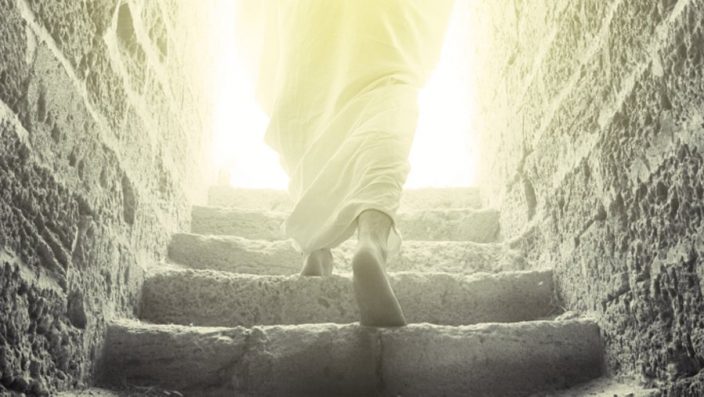
11 April 2023
After Easter – Dr Amy Erickson

11 April 2023
After Easter – Dr Amy Erickson
One of my first theology classes was Gospel of Mark with Jim Edwards. (You can check out his commentary in our library here.) Together, my classmates and I puzzled over Christ’s curious command to withhold from revealing his Messiah-status to others, delighted in the masterful literary crafting of “Markan sandwiches”, and were inducted into the thorny puzzle of the Synoptic problem, learning the textual reasonings that led scholars—at least of the time—to believe that of the three, Mark was most likely to be the first.
It was Mark’s early authorship that also troubled me. At least, it troubled me when Jim’s class taught me that what some translations present as Mark’s final ending (16:9-20) is, at least as far as manuscript dating goes, a later edition. A few logical deductions later and I realized that the earliest Christian witness to the resurrection didn’t actually include a witness to, well, the resurrection. Or at least, not to a human witness who directly encountered the risen Jesus. Only the empty tomb, a mysterious, white-robed stranger claiming he knew what had happened (Mark doesn’t even dignify him with the label of ‘angel’), and a flurry of women fleeing the scene—probably in an aromatic cloud of upturned spices—and scared to silence. End of story. Mark leaves us at a cliff hanger. With no rope. What—my undergraduate self wondered—was Mark thinking, letting his well-crafted gospel grind to a spectacular anti-climactic halt, and leave it (to mix my metaphors) to rot and spoil in the sun? He included the episode with the cross well enough, but he had left out the entire crux of the gospel—and the hope and shape of Christian life: the risen Jesus himself, scars and all. And what bothered me wasn’t just a matter of a reader’s distaste for a deferred denouement. It was a minor crisis of faith. Didn’t this erode Christian credibility if our earliest gospel account doesn’t feature Christ as resurrected?
But I quickly reconciled to Mark’s abrupt finale. Arguably, more than any other gospel, he’s the most honouring of our freedom, and the most realistic about our responsibility. No arm-twisting or bible-bashing here. Mark lays the barest of essentials of evidence at our feet, walks away, and lets us decide what we will make of it. Did Jesus rise from the dead, or not? What are we going to do or say about this, if anything at all?
And what’s more, Mark’s ending meets us exactly where we are in 2023. None of us have actually seen the risen Jesus either. We too, like the women Mark portrays, must decide what we are to make of this scene without recourse to any Thomistic luxury of prying into flesh wounds. (Although the Johannine Jesus does give us a nice shout out).
It’s left to us to determine whether and in what way we will “practice resurrection”, as American farmer Wendell Berry puts it at the end of one of his poems, which you can read here. Berry’s poem reads like an artillery battery of imperatives on how-to (and how-not-to) “practice resurrection”. It’s a beautiful poem, full of fire and feist. But it stands in stark contrast to Mark, who is left looking every inch the gentleman. Mark isn’t about to either coddle or bully us by telling us how to interpret the empty tomb and how to live in response. Our hermeneutics and ethics aren’t about to get dished up to us on a silver platter. That stuff only comes with more reading, more thinking, more time, and more conversation and discernment with fellow readers and students of the word and of the Way.
And thank goodness, because those are my two favourite classes.